Rhubarb is one of those ingredients that just screams Springtime to me. I love it, and have been known to do a little happy dance when I spot the first batch of the season at the market. Though it’s most often treated as a fruit and used in desserts, rhubarb is actually an herbaceous plant. (FYI you never want to consume rhubarb leaves, they’re toxic.) The stalk is the edible part of the rhubarb plant. It looks like red celery, and with a firm and crisp texture and a uniquely tart flavor it lends itself to all sorts of sweet and savory preparations. It makes a terrific pickle and I may do a post about that down the road, but today we’re staying on the sweet side of the street and transforming it into a rich and creamy rhubarb curd spiked with a touch of lime. Most recipes call for lemon juice, but I prefer lime here – I think its specific flavor and level of tartness make it the perfect match for rhubarb. The resulting curd is bright and refreshing with just enough sweetness to tame the tartness. I recommend dolloping or slathering it on everything from yogurt to muffins to crepes to scones, but you can also eat it straight from the spoon. I won’t judge. (One note of caution about the spoon method: don’t double dip. There are naturally occurring enzymes in our saliva that cause the curd to break down, so if you lick the spoon and stick it back into the jar, your curd will become runny. I know, it’s kinda gross, but think of it as built-in portion control.)
I’ve featured curd on the blog before, so if you’ve already seen my detailed explanation and photos in the recipe for Meyer lemon curd, feel free to skip ahead. Fruit curd requires just a few ingredients – fruit, eggs, sugar, and a bit of optional butter or oil for extra glossiness – and it comes together pretty quickly. All you need is a bit of patience to watch over the pot and stir the curd as it cooks, which will keep the eggs from scrambling or scorching. Please resist the temptation to crank up the heat to try and speed up the process! This is all about low and slow cooking over gentle heat to turn those eggs in to a luscious, silky custard.
For a traditional curd you typically use just the juice of the fruit, but with rhubarb I tweak the method slightly and use whole stalks that have been cooked down and pureed. This gives the curd a bit of extra body and a more distinct rhubarb flavor, and keeps the color a bit deeper. Unfortunately once you mix in your high-quality pastured eggs with their deep yellow-orange yolks, they tend to mute the gloriously vivid color of the stewed rhubarb. Even when using rhubarb puree instead of juice the final curd will be pale, so you have the option of boosting the hue with a little natural food coloring. I typically use hibiscus syrup (see here for recipe and instructions), but bit of fresh beet juice also gets the job done beautifully.
Let’s get to it, shall we? First up, the rhubarb. Wash and dry the stalks, and trim off the very ends if they look dried out.
Your rhubarb may not look exactly like this – there are many different varieties, and they range in color from pale green to deep ruby red, with numerous variations in between. Note that even though the exterior of my stalks is a nice vivid red, the center is a pale yellowish-green. Most rhubarb is like that inside – I believe only the “Colorado Red” varietal is pink all the way through. Lucky you if you can manage to find some!
Whatever the color, dice up your rhubarb stalks into relatively equally sized pieces. Anywhere from ¼ to ½ inch is fine. (Other recipes usually call for larger 1- or 2-inch chunks, but smaller pieces break down and cook faster.)
Transfer all that diced rhubarb to a medium-size saucepan, and add ½ cup of sugar and 6 tablespoons of water. Set the pan over medium heat, bring it to a simmer, and cook until the rhubarb basically disintegrates, stirring it occasionally to keep it from sticking to the pan.
After 10-15 minutes, it will look something like this. The rhubarb just falls apart and releases all of its own juice.
Grab your immersion blender or pour the rhubarb mixture into a countertop blender, and carefully puree the mixture until smooth. Please be cautious when blending hot liquids – they’re particularly prone to splattering. Also, when you do it in a covered blender the steam can build up and create dangerous pressure, so I recommend holding the lid in place with a kitchen towel to protect yourself from an accidental explosion. (Seriously, the top can pop off, and steam burns are really not fun.) If your rhubarb was red, you’ll end up with a gorgeous pink puree like the one in the photo. Leave it in the saucepan – or pour it back in if you used a countertop blender – and let it cool for a few minutes.
Meanwhile in a medium bowl, whisk together the egg yolks, whole eggs, remaining sugar, a good pinch of salt, the lime zest, and the lime juice. Notice the vivid color of this egg mixture – that’s what I was talking about earlier. Wait and see what happens when you add it to that beautiful pink rhubarb puree…
Drizzle the egg mixture into the warm rhubarb puree, whisking constantly. You want to temper the eggs a bit by doing this slowly so they don’t scramble as they come into contact with the heat from the puree. See? Now I’ve got a pale peach mixture, no more lovely bright pink. Turn the stove back on to medium-low heat, and cook this mixture for about 8-10 minutes, stirring gently but constantly. Get rid of the whisk and use a rubber spatula or wooden spoon for this part. Be sure to scrape the bottom and sides of the pot as you stir, because the liquid that’s in contact with the surfaces of the pan will coagulate first.
If you have a culinary thermometer you can use it to check the temperature of the curd – you’re aiming for 155°F – 160°F. If you don’t have a thermometer, use the swipe test: once the curd is thick enough to coat the surface of your spoon or spatula, swipe your finger through it. If the trail you swiped stays clean and curd doesn’t go running back over it, you’re done. The curd in the photo obviously passed the swipe test.
At this point you have two options – you can either strain your curd through a fine sieve to remove the lime zest and any bits of coagulated egg, or you can process it in the blender until smooth. The one drawback to using the whole rhubarb puree instead of just the juice is that the curd can be too thick to pass through a sieve. As long as you didn’t scramble the eggs, blending is fine; it’s what I do. Once you’ve strained or blended the curd, stir in the coconut oil or butter until it’s completely melted and incorporated. To be honest, adding butter or oil to curd is optional but it adds a really lovely glossy finish and some extra thickening power when it cools.
Here’s my rhubarb curd before I doctored it up with some natural color. Shiny and luscious, and pretty in its own right but much paler than the rhubarb puree. If you’d like to, add your choice of natural food coloring now.
I added a little hibiscus syrup to this batch. See the difference? Either way, it’s absolutely delicious. Go make some!
- 1 ½ lbs pound rhubarb (10-12 stalks), washed and diced
- 288 grams (1 ½ cups) organic cane sugar, divided
- 90 ml (6 Tbsp) water
- 4 large egg yolks, lightly beaten
- 2 large eggs, lightly beaten
- Generous pinch of fine Kosher or sea salt
- 1 tsp lime zest
- 15 ml (1 Tbsp) freshly squeezed lime juice
- 20 grams (4 tsp) coconut oil or unsalted butter
- Optional: a few drops of hibiscus syrup or beet juice
- In a medium saucepan over medium heat, combine the rhubarb, 96 grams (½ cup) of the sugar, and the water. Cook, stirring occasionally, for about 10 minutes or until the rhubarb breaks down and falls apart.
- Turn off heat, and use an immersion blender or transfer the mixture to a regular blender to puree until smooth. Please exercise caution whenever blending hot liquids, as they have a tendency to splatter - if using a countertop blender, hold down the lid with a kitchen towel. Let the puree cool slightly in the saucepan (pour it back into the pan if you transferred to a blender).
- In a medium bowl, whisk together the egg yolks, whole eggs, remaining sugar, salt, lime zest, and lime juice. Slowly drizzle the mixture into the rhubarb puree in the pan, whisking constantly, until thoroughly combined. Turn the heat back on to medium-low and cook for 8-10 minutes, stirring gently and frequently with a wooden spoon or rubber spatula and scraping along the bottom and sides of the pot as you stir, until the mixture reaches 155°F. If you don’t have a thermometer to check the temperature, it should be thick enough to coat the back of the spoon/spatula, and when you swipe your finger through it, the cleared trail you left on the spoon should remain.
- Remove the pan from the heat and scrape the curd into a sieve set over a heatproof bowl. Working it against the sides and bottom of the strainer with your utensil, scrape and push the curd through the mesh into the bowl, leaving behind the zest and any clumps of coagulated egg. Discard those solids. Note: if your curd is so thick that it won’t pass through a sieve, process it with the blender for a minute instead.
- Stir the oil or butter into the warm curd until completely melted, and mix in the optional coloring if using.
- Transfer the curd to airtight glass containers and refrigerate. It will continue to thicken slightly as it chills, and will keep in the refrigerator for 1-2 weeks.
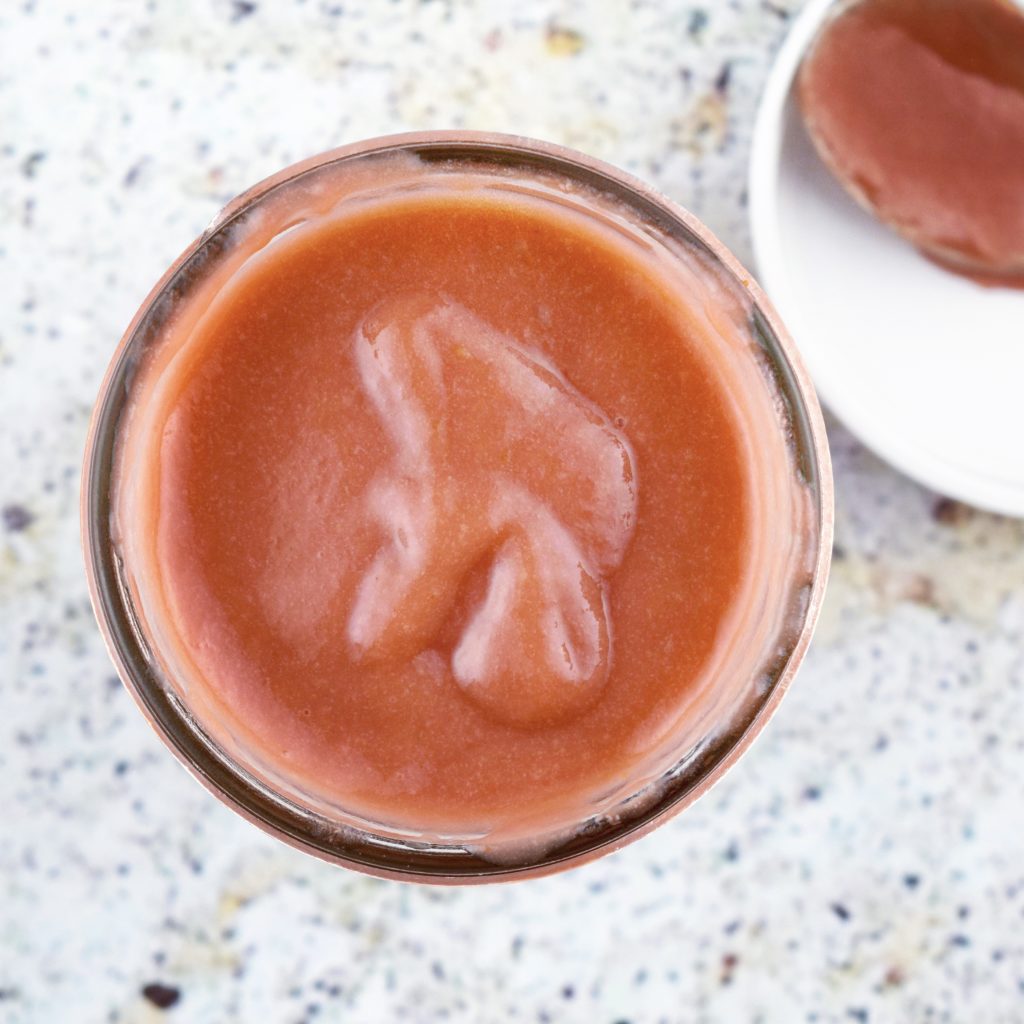
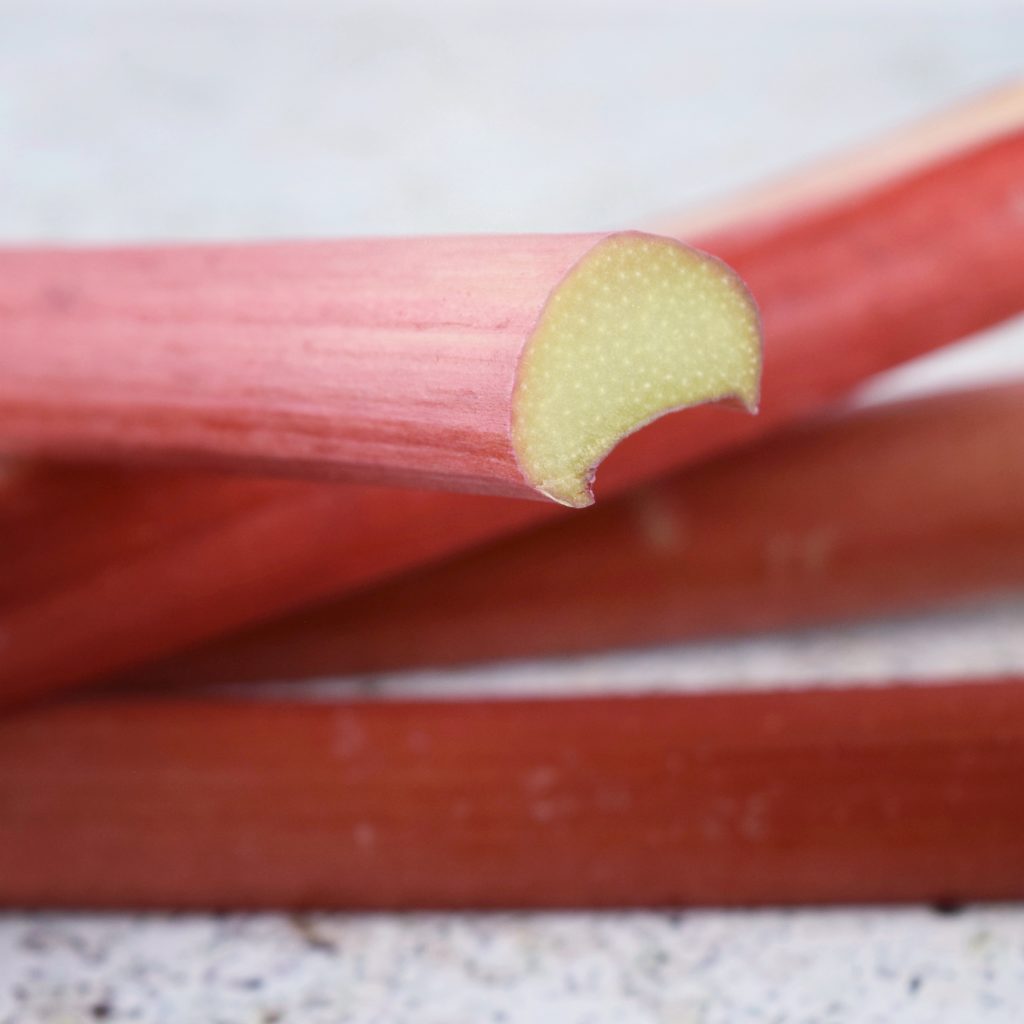
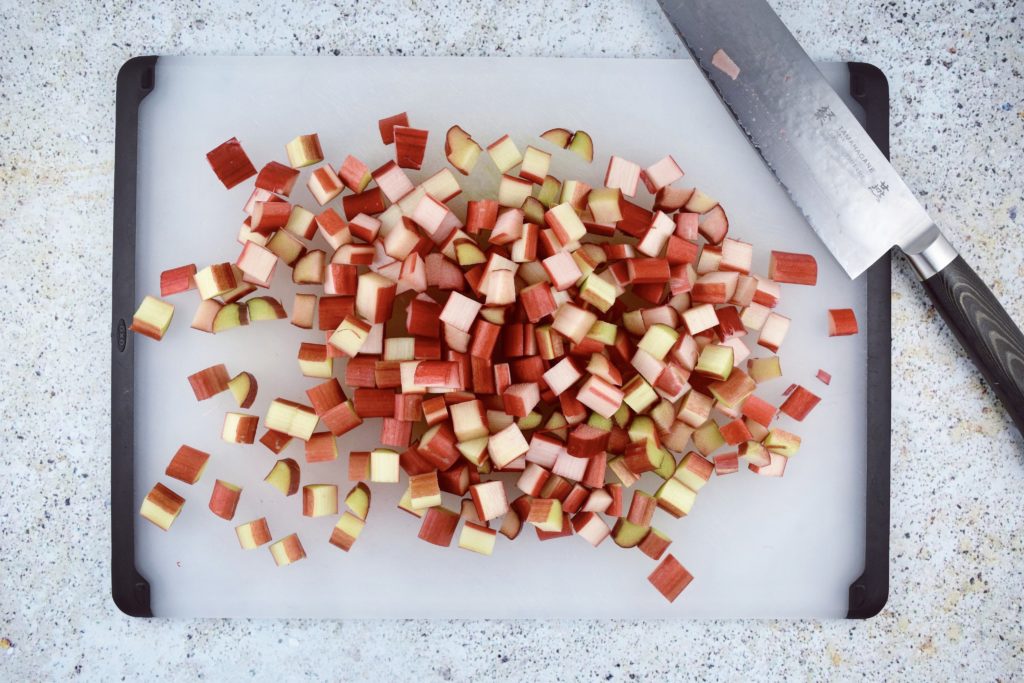
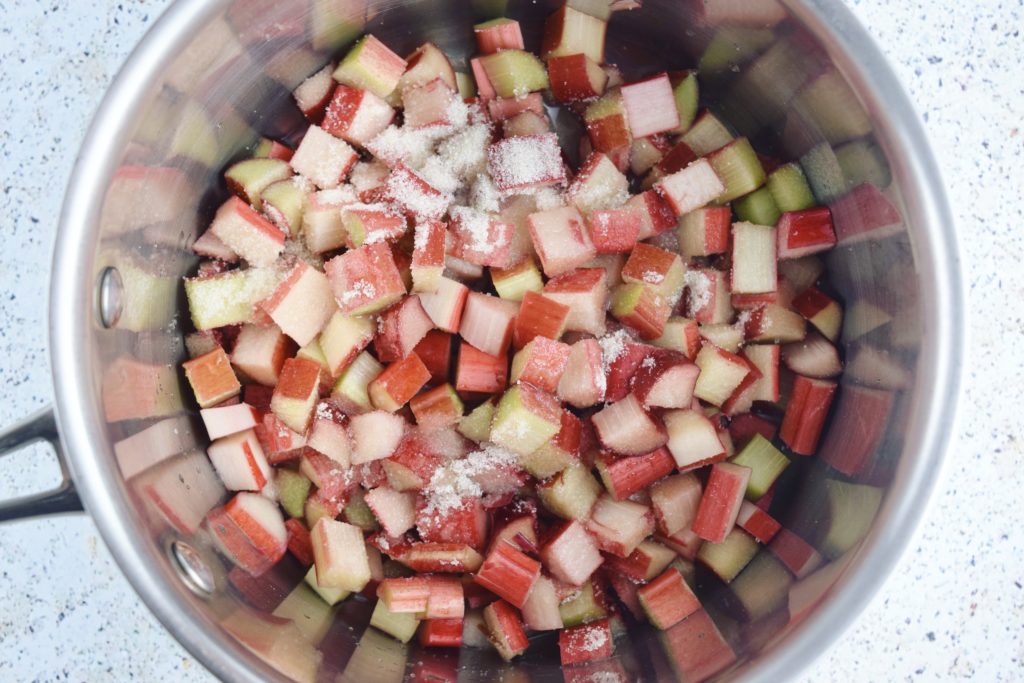
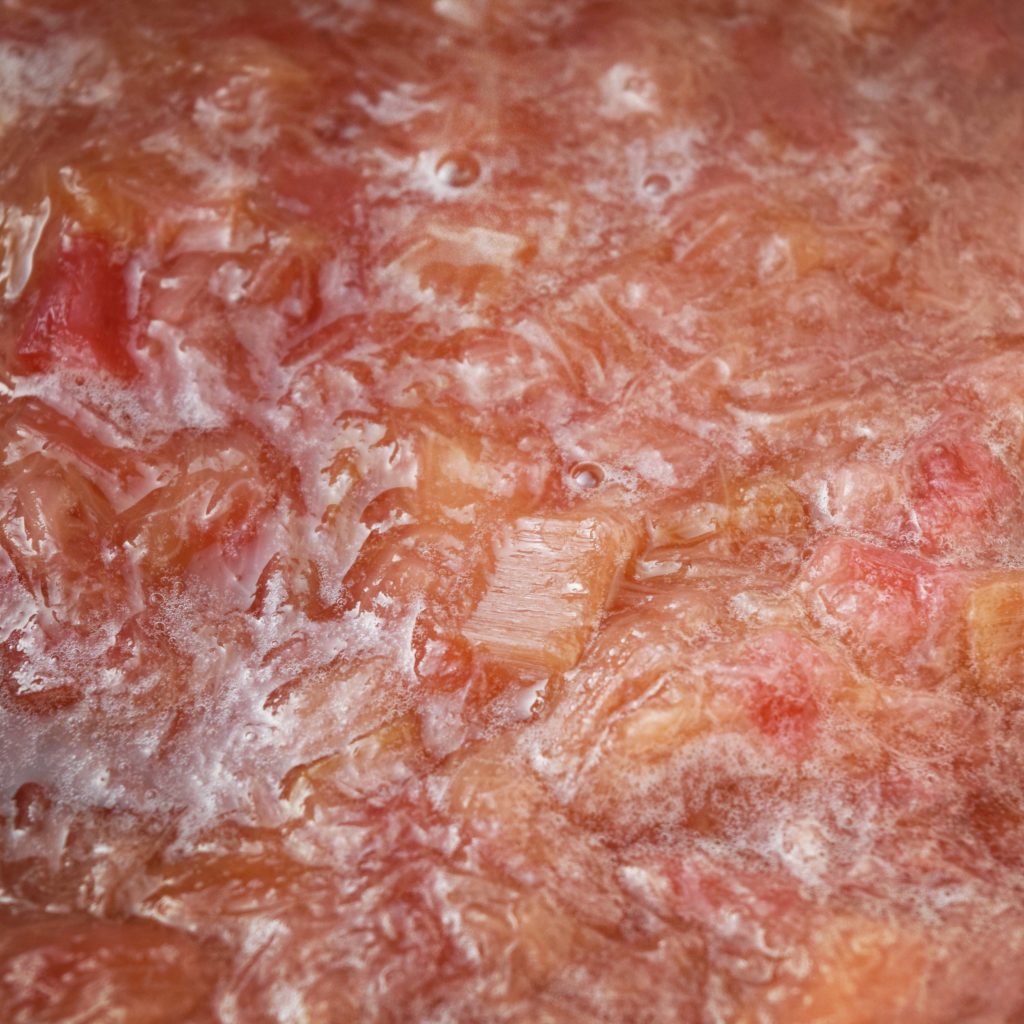
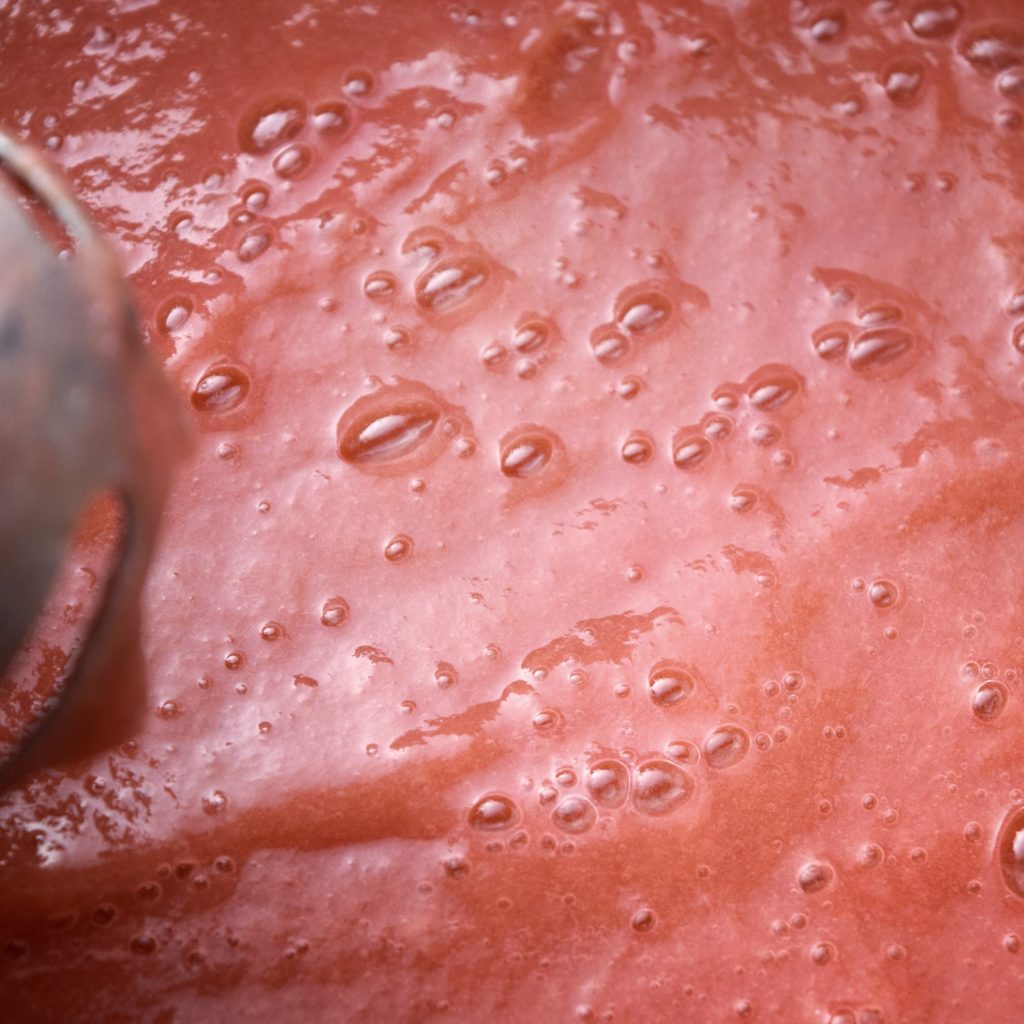
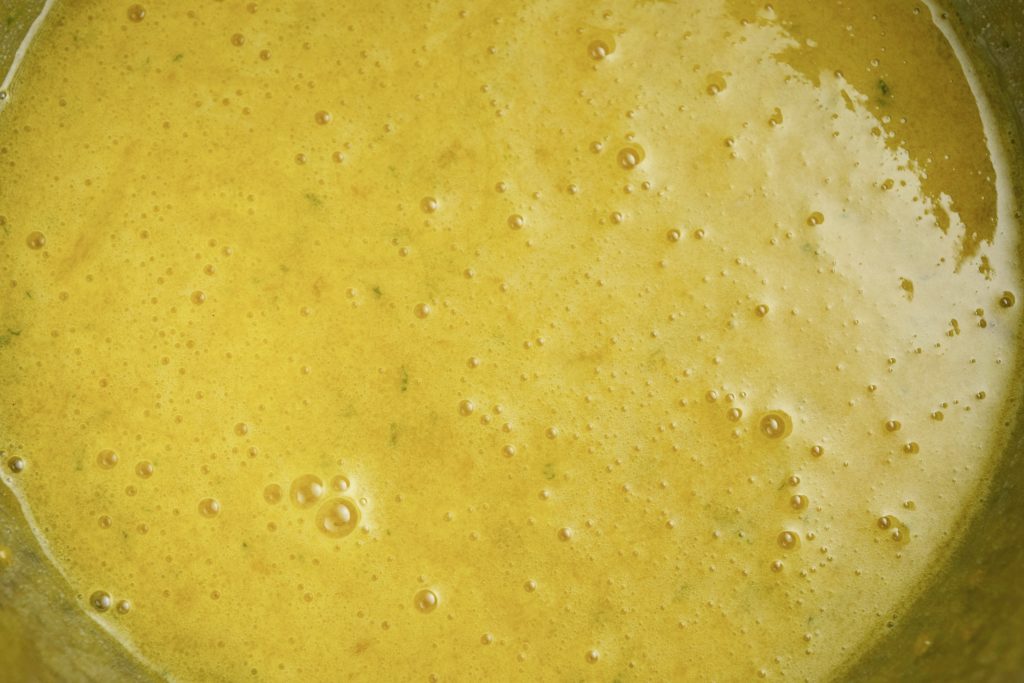
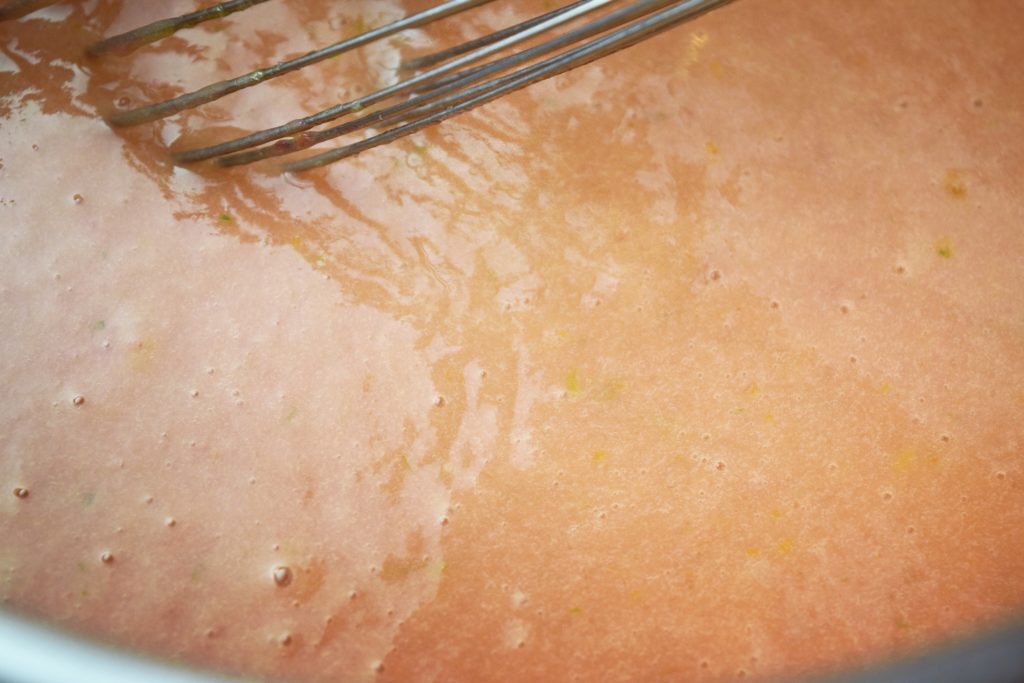
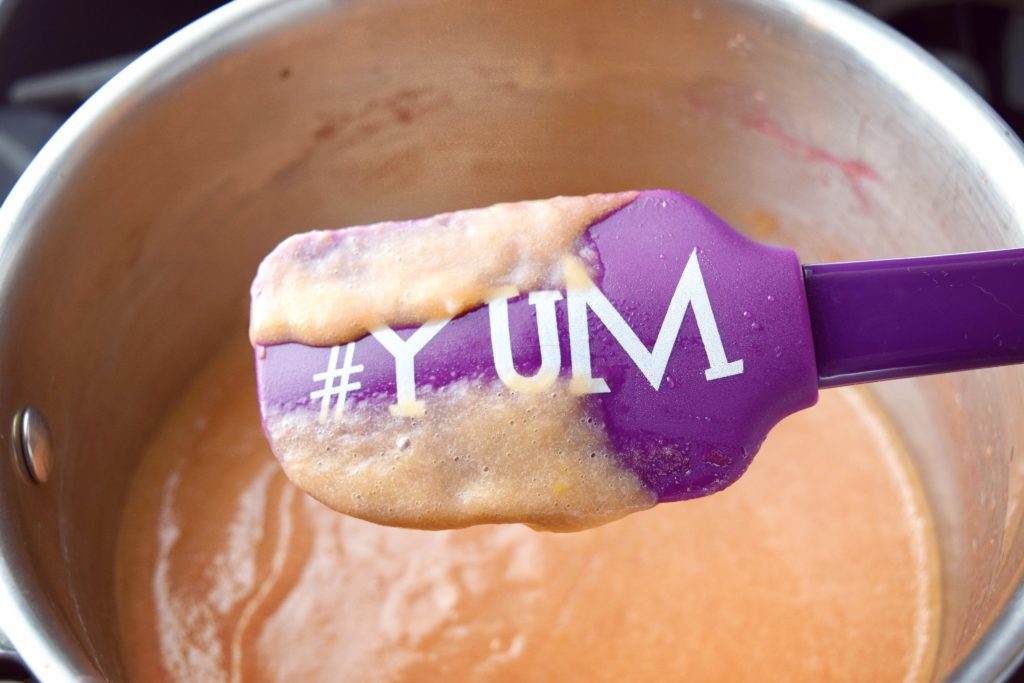
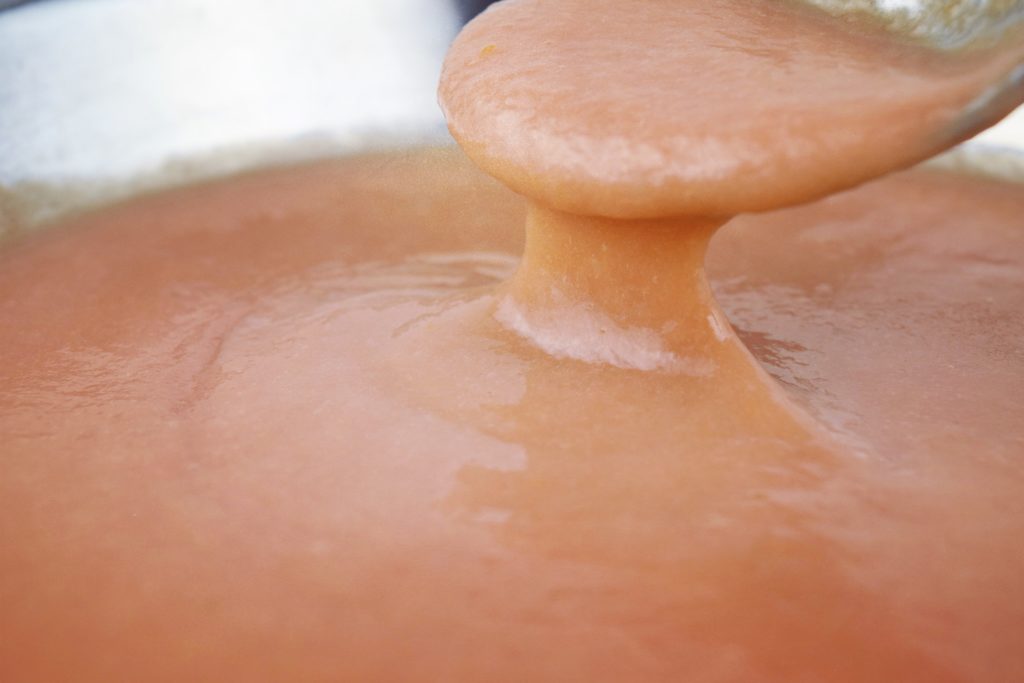
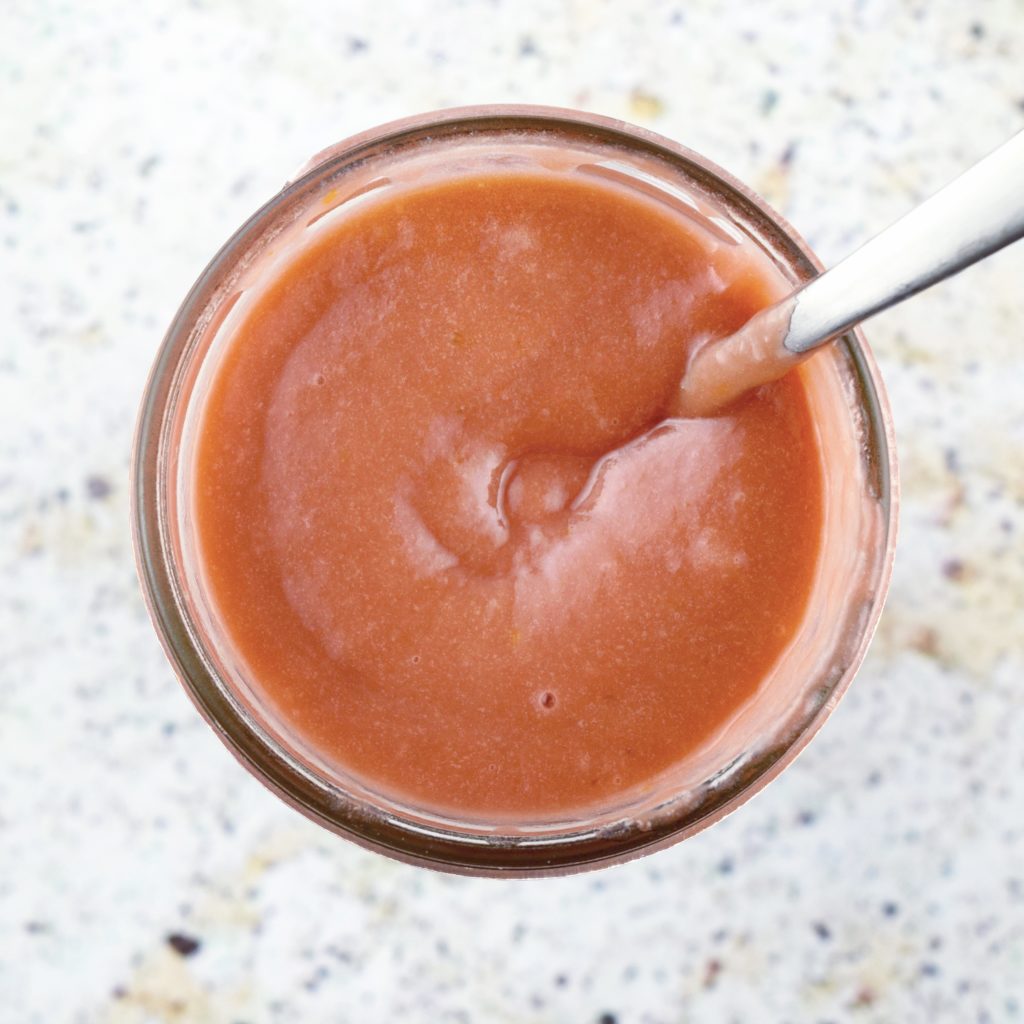


Leave a Reply